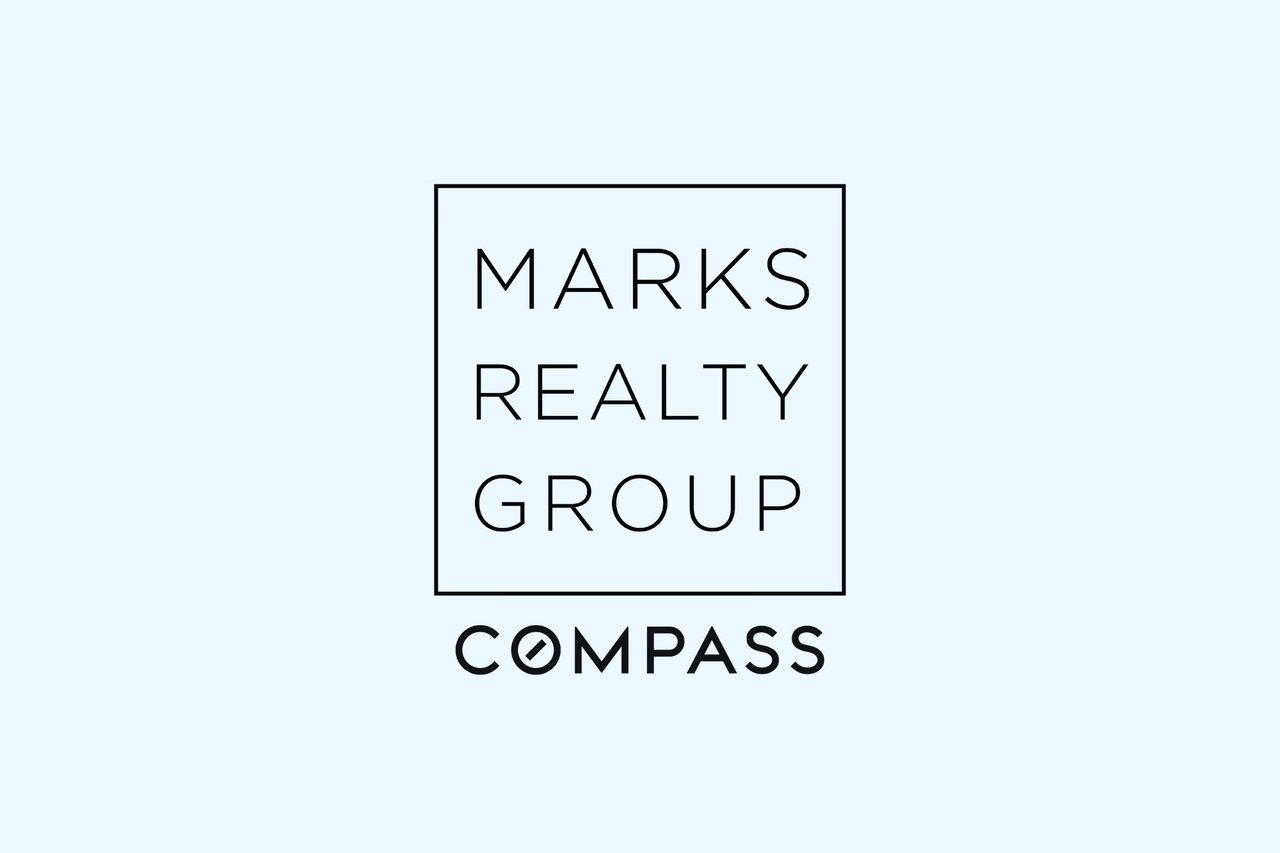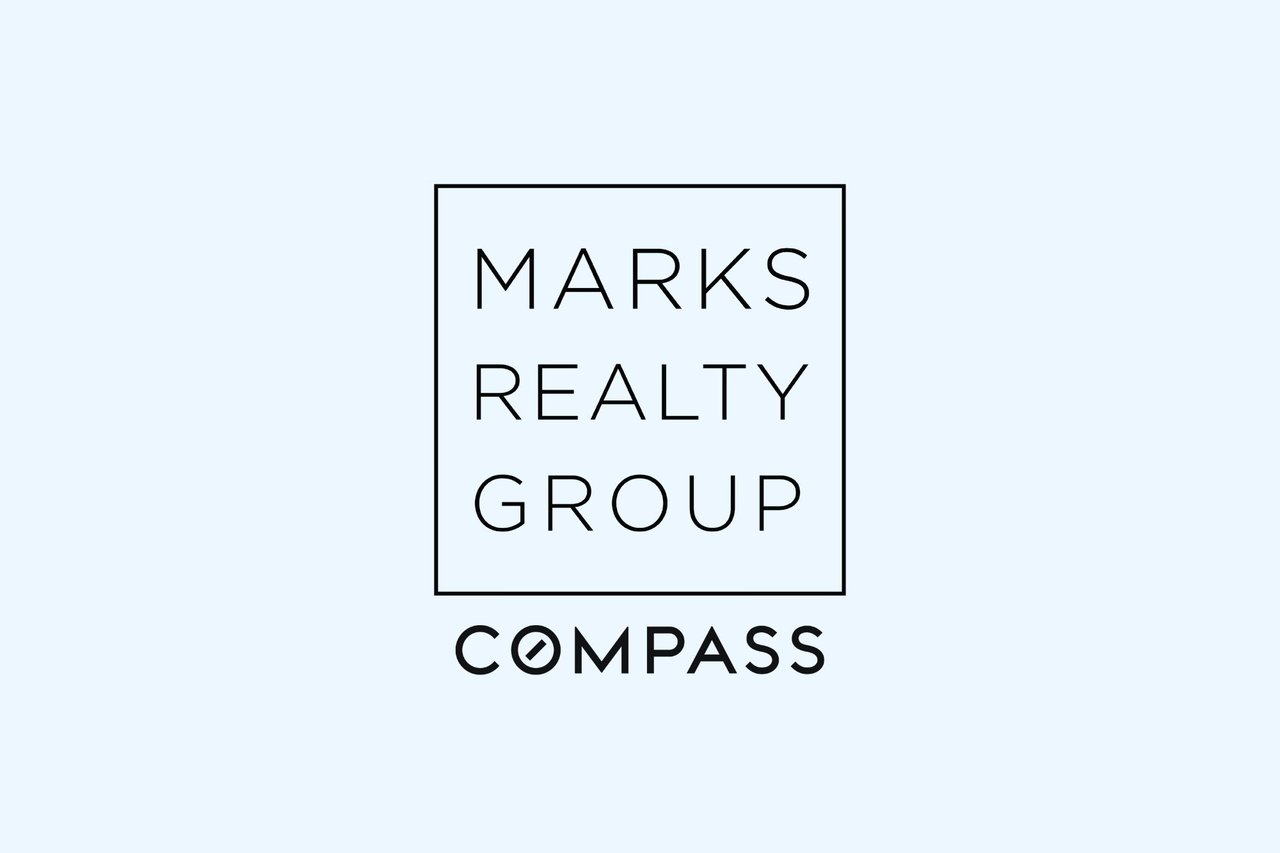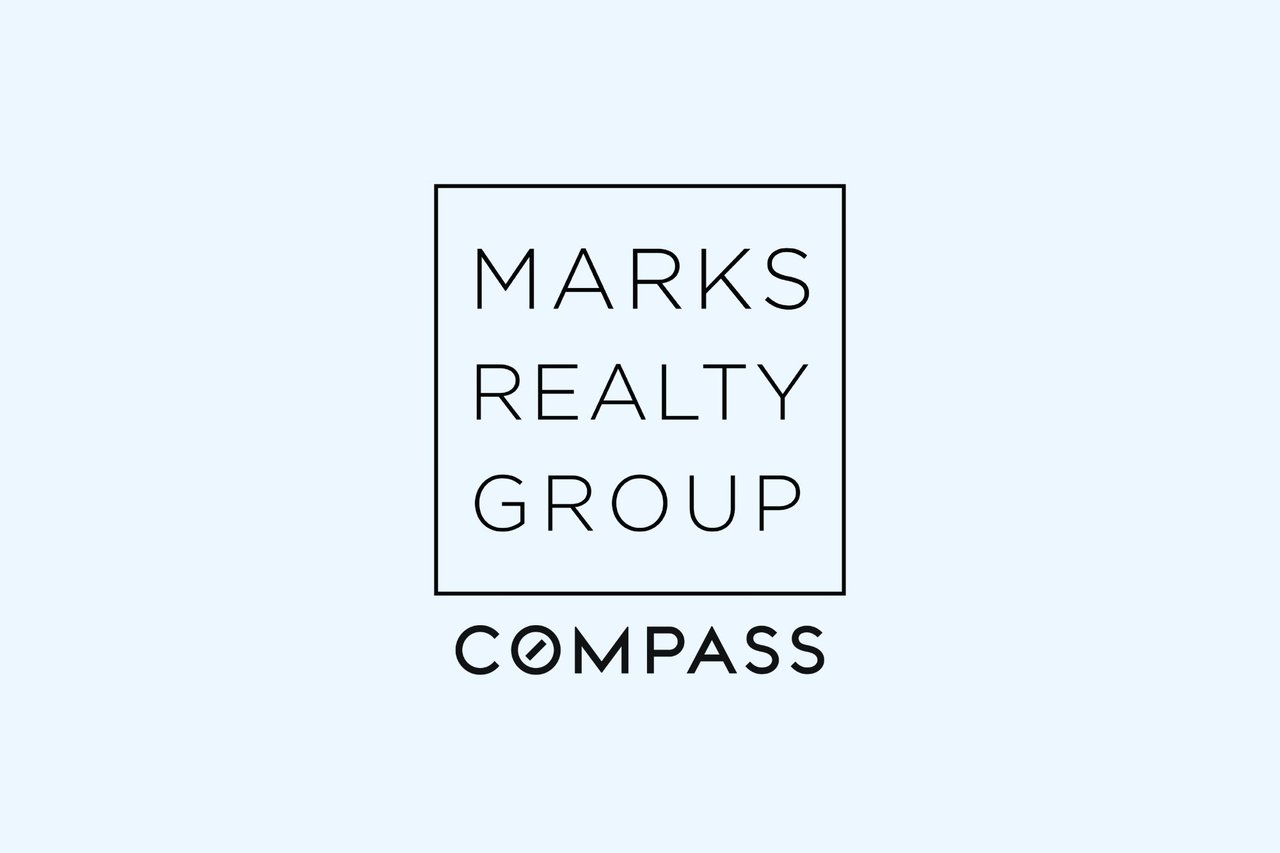Some buyers may believe that FHA loans are for first-time home buyers and conventional mortgages are for more established buyers. However, both types of loans have their advantages for any buyer, though qualification requirements differ.
FHA loans are insured by the Federal Housing Administration, and conventional mortgages aren't insured by a federal agency — instead, a lender assumes the risks associated with issuing the loan.
Here are the factors to weigh when considering an FHA loan vs. a conventional loan.
How to compare FHA vs. conventional loans
FHA loans and conventional loans each have their own distinct requirements that borrowers need to meet in order to qualify. FHA loans have more flexible standards for things like down payments and credit scores. Rates and mortgage insurance requirements also differ between the two types of loans, as do refinancing requirements.
Here are some key differences between FHA and conventional loans.
Minimum down payments and credit scores
FHA loans are usually easier to qualify for, requiring a minimum credit score of 580 to be eligible to make a 3.5% down payment. If your credit score is 500 to 579, you may qualify for an FHA loan with a 10% down payment.
Some conventional mortgages offer a slightly lower 3% down payment, but they typically require a credit score of 620 or higher.
Keep in mind that, though the FHA sets minimum scores, lenders may require higher ones. And with both conventional loans and FHA loans, you'll be more likely to qualify and be offered a better interest rate with a higher credit score.
Debt-to-income ratios
Your debt-to-income ratio, or DTI, is the percentage of your monthly pretax income that you spend to pay your debts, including your mortgage, student loans, auto loans, child support and minimum credit card payments. The higher your DTI, the more likely you are to struggle with your bills.
You’re more likely to qualify for an FHA loan with a DTI ratio of 50% or less, but some borrowers do qualify with one above 50%. Lenders prefer borrowers to have DTIs of 36% or less for conventional mortgages, though in some cases, some lenders allow DTIs up to 50% — typically not above.
Mortgage insurance
Mortgage insurance protects the lender in case of default. Conventional loans require borrowers to pay for mortgage insurance if their down payment is less than 20%. FHA loans require mortgage insurance regardless of down payment amount.
According to Freddie Mac, you can typically expect to pay between 0.03% and 0.07% of your total loan value for private mortgage insurance for a conventional loan. This number is calculated using your loan-to-value ratio (how much you’re borrowing compared to the value of the home) and your credit score. Once you have 20% equity in your home, you can cancel PMI on a conventional loan.
Private mortgage insurance for a conventional loan can cost less than FHA mortgage insurance if your credit score is above 720.
Meanwhile, FHA mortgage insurance depends on the value and term of the loan, as well as the size of your down payment. Credit scores aren’t a factor for FHA mortgage insurance.
Effective for mortgages endorsed for FHA insurance on or after March 20, 2023, the annual premium ranges from 0.15% to 0.75% of the average outstanding loan balance. Most homebuyers will pay 0.55%, according to the FHA.
FHA mortgage insurance premiums last for the life of the loan if you make a down payment of less than 10%. If you make a down payment of 10% or more on an FHA loan, you'll pay FHA mortgage insurance for 11 years. You’ll also pay an upfront fee, typically 1.75% of the total loan amount. This fee can be financed into the mortgage.
Mortgage rates
Rates for FHA loans can be lower than the rates offered for conventional loans. However, whether or not FHA loans actually cost less depends on your financial profile.
For example, if you’re unable to put down at least 10% on an FHA loan, you’ll be paying mortgage insurance until you’ve paid off or refinanced the loan. This means that even if your rate was initially lower than on a conventional mortgage, you’ll also be paying this additional fee long after you’ve built up sizable equity in your home. Even if you’ve put down 10% or more, you’re still locked in for 11 years.
When comparing rates between the two loan products, consider calculating how quickly you expect to reach 20% equity. If it’s less than 11 years, any potential rate savings may not be worth it.
Loan limits
Both conventional and FHA loans limit the amount you can borrow, and the maximum loan sizes vary by county. Regulators may change the loan limits annually.
The 2023 FHA loan limit is $472,030 in low-cost areas and $1,089,300 in expensive markets. Some counties also have limits falling between this minimum and maximum.
Conventional loans are subject to the conforming loan limit set by the Federal Housing Finance Agency. For 2023, that limit is $726,200 for most areas of the U.S. Mortgages that exceed that threshold are called “jumbo loans,” and are subject to more stringent underwriting standards.
Property standards
The condition and intended use of the property you’re hoping to buy are important factors when comparing FHA to conventional loans.
FHA appraisals are more stringent than conventional appraisals. Not only is the property's value assessed, but it is also thoroughly vetted for safety, soundness of construction and adherence to local code restrictions.
Meanwhile, appraisals for conventional loans focus more on the property’s market value. The lender wants assurance that if you can’t pay your mortgage and the property goes into foreclosure, they can recoup their investment by selling it. This won’t be possible if they’ve overpaid.
The actual quality of the home can be evaluated through a home inspection. You may not be required to hire a home inspector, but an expert could uncover potentially costly or dangerous problems that you’ll want to know about.
When you get an FHA loan, you have to live in the house as your primary home. Investment properties are only eligible for FHA loans if the owner occupies one of the units full time.
A conventional loan can be used to buy a vacation home or an investment property, as well as a primary residence.
Refinancing
As far as mortgage refinancing goes, the edge goes to FHA “streamline” refinancing. With the option to forgo a credit check and income verification and likely no home appraisal, it’s about as easy a refi as you can get. You’ll be required to provide evidence that the property has been your principal residence, which can be in the form of employment records or utility bills. Extenuating circumstances (like if you’ve had to enter forbearance) can trigger additional documentation requirements.
Meanwhile, Freddie Mac’s list of documentation requirements to refinance a conventional loan include:
-
At least one month of paystubs.
-
W-2s going back two years.
-
Bank and investment account statements.
-
Your most recent tax returns.
-
A copy of your homeowner’s insurance policy.
-
Your most recent mortgage statement.
The lender will also look into your credit history and debts, similar to when you initially received your mortgage. After your loan is approved, the lender will schedule an appraisal.
Source: NerdWallet



















































































